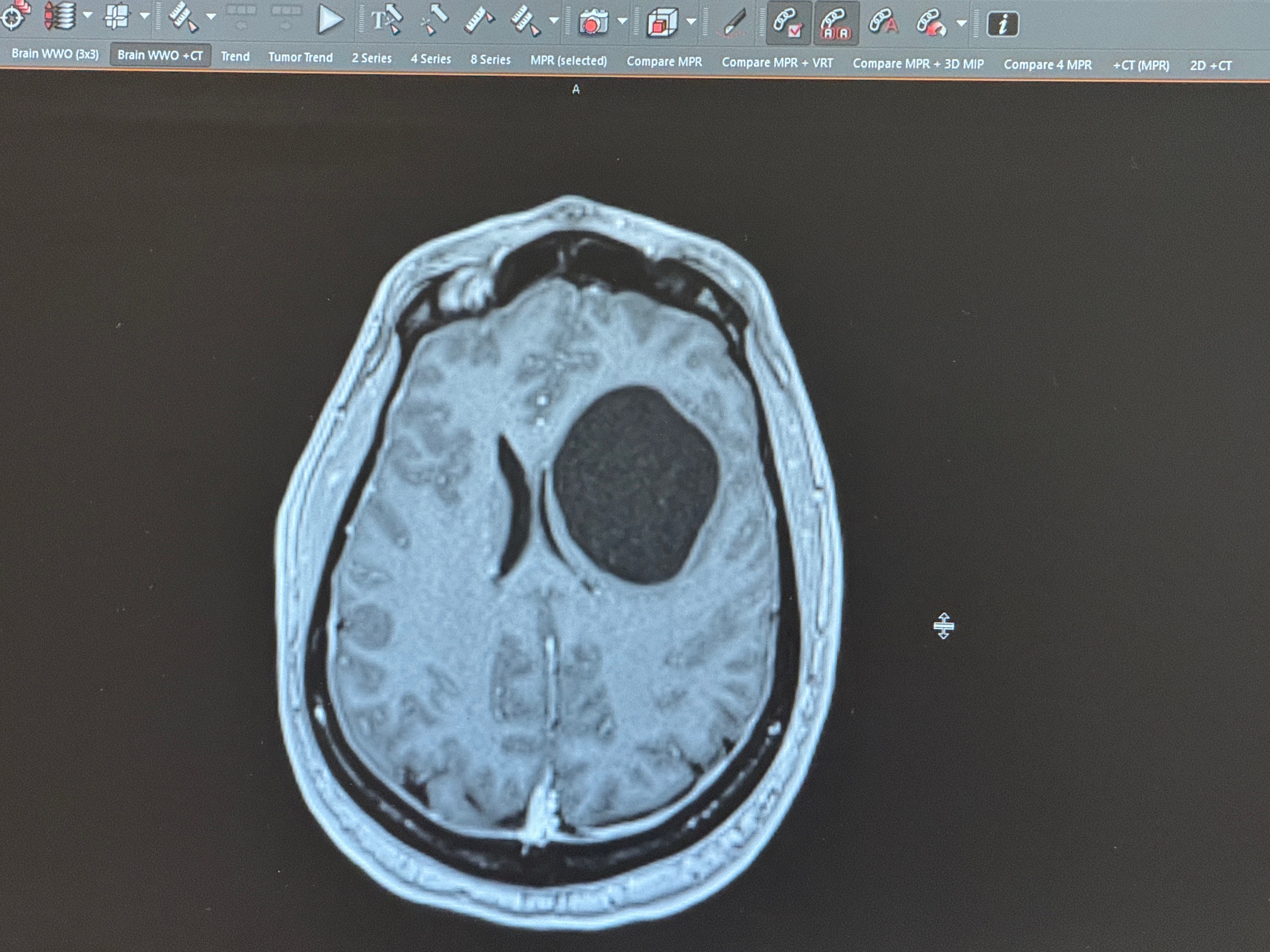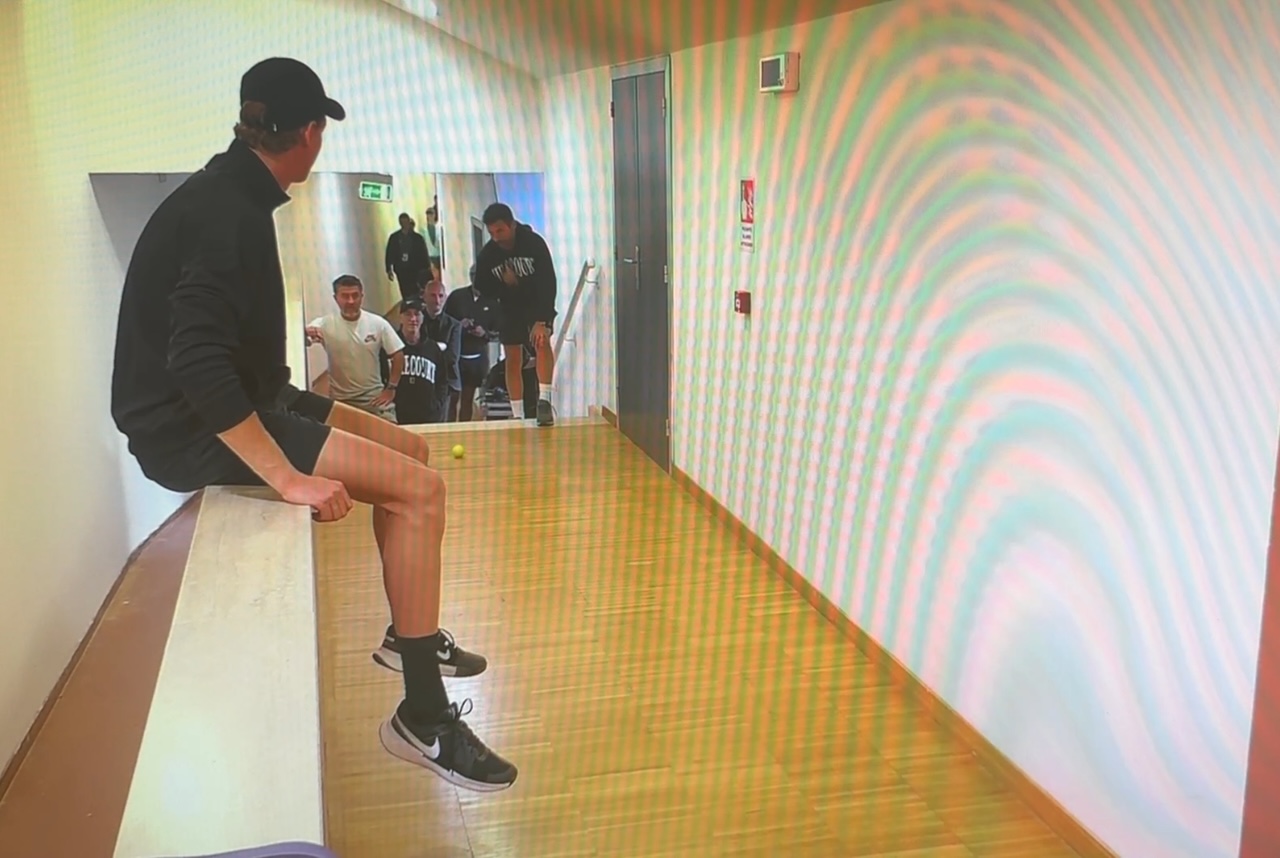Tennis is a game full of highs and lows. When things are going well in a match, it feels exhilarating. Unfortunately, those emotions can quickly fade when the next point doesn’t go so well. The flow of a tennis match is a microcosm of how we experience happiness in life. Without intentionality, the best moments can slip by without the appreciation it deserves. It is deeply important to find ways to savor those fleeting positive feelings, and anchor them firmly in our memory. Developing the ability to experience happiness in high definition intensifies the initial experience and how it is ultimately remembered.
Many professional players have a ritual for celebrating successful points. One common routine involves clenching and pumping the fist after something positive happens in a match. The technical term for that practice is somatic markers, which are physical sensations or actions that become linked to specific emotions or experiences in the brain. When used intentionally, these physical actions can do more than just reinforce happiness after a good point. The bodily motion can also be used to trigger a desired emotional state, such as confidence or happiness. Over time, these actions can become emotional anchors, helping players intensify moments of joy and accessing that feeling on demand. It’s a way of choosing to feel good.
Another simple way to deepen moments of happiness is to make a habit of creating and reinforcing vivid positive memories. Take a photo after every match— win or lose. Jot down some quick notes of the high points or anything that feels good or meaningful. Capturing the moment helps reinforce the joy and makes it easier to recall later. The act of remembering becomes part of the experience. It turns ephemeral moments of enjoyment into something much more permanent.
Another way to create high definition happiness is to share it. Let the people who care about you know what’s going on by sending a quick message talking through the highs of the match with someone who will appreciate it. Expressing gratitude deepens your own sense of joy. Thank your teammates and even your opponents—win or lose—for a match well played. Acknowledging others in your experience not only strengthens your connections, but also helps cement those moments in your memory. Shared joy is much more memorable.
Creating high definition happiness involves more than just letting good moments happen. Intentionally shaping how they are felt, remembered, and shared, creates more happy memories and sharpens the details of the experiences that matter most. In tennis—and in life—we don’t always control the outcome, but we can influence how we engage with the moments along the way. Through small intentional actions like physical reinforcement, reflection, and connection, we give joy a stronger hold. The more vividly we experience happiness, the more it colors the entire journey. So don’t just let the good moments pass—capture them, mark them, share them. That’s how fleeting highs become lasting memories.
Fiend At Court participates in the Amazon Associates program and receives a paid commission on any purchases made via the links in this article. Details on the disposition of proceeds are available on the “About Fiend at Court” page.
Throughout 2025, I am dedicating the first full weekend of every month to exploring how ideas from Gretchen Rubin’s The Happiness Project (<- Sponsored Link) can spark greater enjoyment and happiness in tennis. This is a non-tennis book that I have come to believe everyone should read. Seriously, you should get your hands on a copy of this book and consider trying some of the techniques described by the author.




